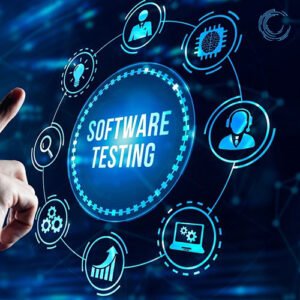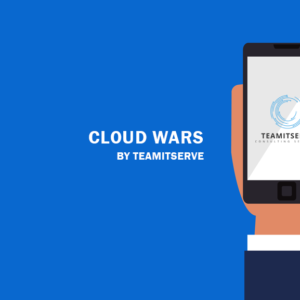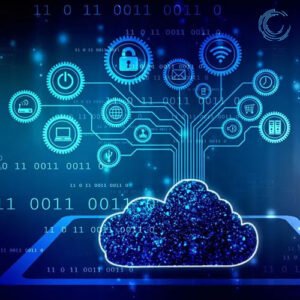The Cutting-Edge Technologies Transforming the Olympics

The Olympic Games have always been a showcase of human athletic prowess and international unity. However, in recent years, they have also become a stage for technological innovation. From enhancing athlete performance to improving spectator experience, here is a look at some of the most remarkable technologies used in the Olympics.
1. Wearable Technology and Smart Clothing
Athletes use wearable devices and smart clothing to monitor their performance in real-time. These gadgets track vital statistics like heart rate, body temperature, and movement patterns. Wearable technology helps athletes optimize their training regimes, prevent injuries, and improve recovery times. Examples include smartwatches, fitness bands, and sensor-embedded clothing.
2. High-Speed Cameras and Video Analytics
High-speed cameras and advanced video analytics have revolutionized the way sports are judged and analyzed. These cameras capture every detail of an athlete’s performance, allowing for precise analysis. The data gathered helps in improving techniques and strategies. For instance, in sports like swimming and gymnastics, video analytics are used to analyse movements and improve scoring accuracy.
3. Virtual and Augmented Reality
Virtual Reality (VR) and Augmented Reality (AR) have enhanced the training and viewing experiences in the Olympics. Athletes use VR simulations to practice in a risk-free environment, gaining mental and physical preparation for events. For spectators, AR applications provide enriched viewing experiences, such as overlaying statistics and athlete information during live broadcasts.
4. Drones
Drones have become an integral part of the Olympics, used for a variety of purposes including security, broadcasting, and logistics. They provide unique aerial views of the events, enhance security by monitoring large crowds, and assist in delivering equipment and supplies efficiently.
5. Biometric Data and AI
Artificial Intelligence (AI) and biometric data are used to analyse athletes’ performance and health. AI algorithms process data from wearables and other sensors to provide insights into an athlete’s physical condition, predicting potential injuries and suggesting optimal training schedules. This technology helps in personalizing training programs to enhance performance.
6. Smart Venues
Olympic venues are becoming smarter with the integration of Internet of Things (IoT) devices. These smart venues provide real-time information on various aspects like crowd management, environmental conditions, and security. They enhance the experience for both athletes and spectators by ensuring smooth operations and a safe environment.
7. Advanced Sports Equipment
Technological advancements have led to the development of high-performance sports equipment. From aerodynamic suits and shoes to customized gear made using 3D printing, technology is helping athletes achieve new heights. For example, in cycling and skiing, equipment design plays a crucial role in enhancing speed and performance.
8. Hydration and Nutrition Technology
Proper hydration and nutrition are critical for athlete performance. Technologies like smart water bottles and nutrition tracking apps help athletes maintain optimal hydration and nutrition levels. These tools monitor intake and provide recommendations based on the individual needs of the athlete.
9. Robotics
Robots are being used in various roles during the Olympics, from assisting in construction and maintenance of venues to providing information and services to visitors. In some cases, robots are also used in sports, such as table tennis training robots that help athletes practice their skills.



